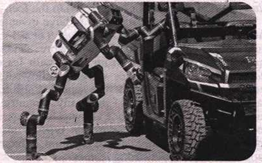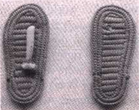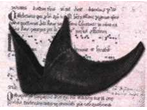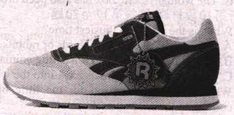0 132422 132430 132436 132440 132446 132448 132452 132458 132460 132466 132472 132476 132478 132482 132488 132490 132496 132500 132502 132506 132508 132512 132514 132516 132517 132518 132520 132521 132522 132524 132526 132530 132532 132536 132538 132542 132548 132550 132556 132560 132562 132566 132572 132578 132580 132586 132590 132592 132598 132602 132608 132616 151629

 status (身份) , while slaves were not allowed to wear anything on their feet. The sandal is still the basic form of footwear in many countries, particularly those with a hot climate,whereas in cold climates,an entirely different type of shoe appeared — the moccasin — a slipper-shaped shoe made of soft but strong leather.
status (身份) , while slaves were not allowed to wear anything on their feet. The sandal is still the basic form of footwear in many countries, particularly those with a hot climate,whereas in cold climates,an entirely different type of shoe appeared — the moccasin — a slipper-shaped shoe made of soft but strong leather. The Greeks were the first to develop shoes with heels (鞋跟) . Then,in the Middle Ages,shoes with long points at the toe became very chic for the nobilitv These shoes were often very difficult to wear. Other trends followed,with square-toed shoes,wide shoes,and even shoes that could make a woman stand two feet taller. Not surprisingly,these sometimes led to accidents. Even today,fashion rather than comfort often leads to the kind of shoes women wear.
The Greeks were the first to develop shoes with heels (鞋跟) . Then,in the Middle Ages,shoes with long points at the toe became very chic for the nobilitv These shoes were often very difficult to wear. Other trends followed,with square-toed shoes,wide shoes,and even shoes that could make a woman stand two feet taller. Not surprisingly,these sometimes led to accidents. Even today,fashion rather than comfort often leads to the kind of shoes women wear.